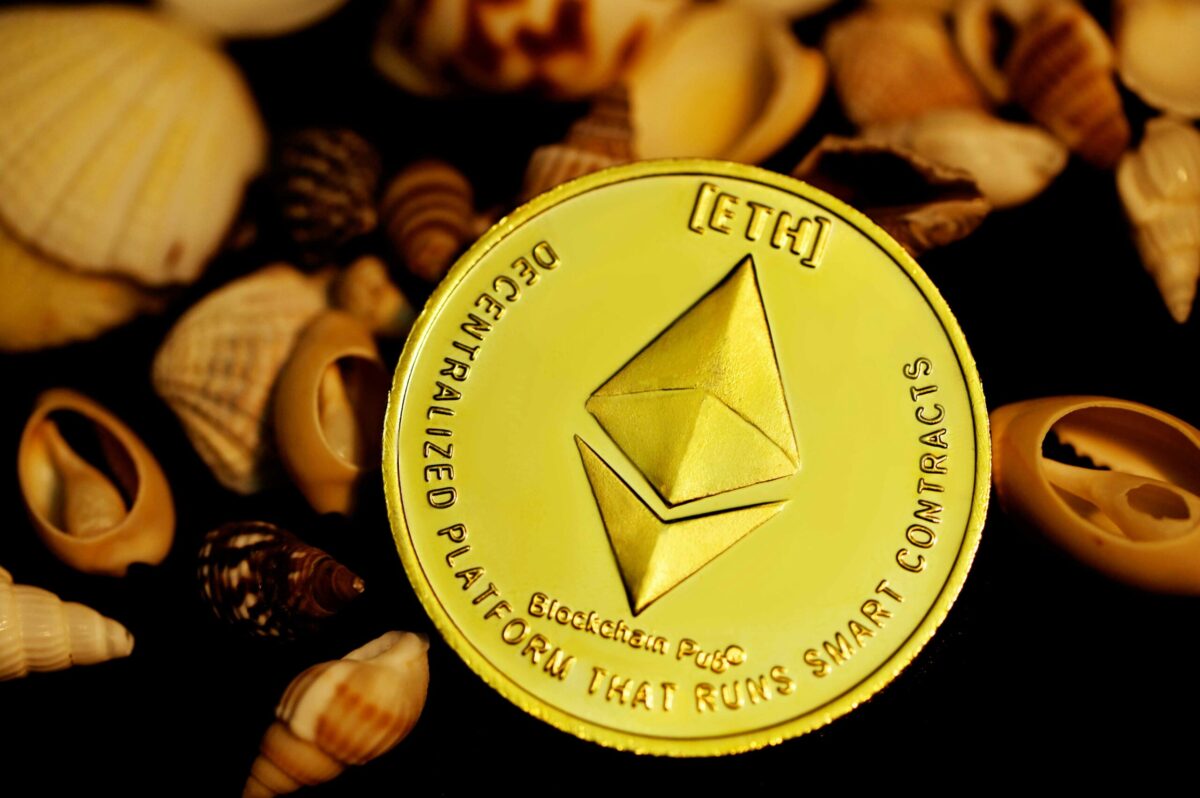Russia is preparing to launch two new cryptocurrency exchanges to boost its international trade efforts.
The exchanges, to be located in Moscow and St. Petersburg, aim to help Russian businesses navigate the complexities of global trade.
However, experts have warned that these exchanges could face significant challenges due to international sanctions and regulatory issues.
Exchanges to launch in test mode
Russian authorities are currently working on establishing two new cryptocurrency exchanges to assist with foreign trade.
According to reports from Kommersant, one of these exchanges will use the existing St. Petersburg Currency Exchange (SPCE) database to handle transactions related to foreign economic activities.
The other exchange is planned for Moscow, although it is not yet clear whether it will be linked to the Moscow Exchange or set up as a separate entity.
In the early stages, these exchanges will operate in a “test mode”, meaning that only a small number of users will have access to them.
Member of the legislative body responsible for regulating cryptocurrencies in Russia, Mikhail Uspensky, explained that the test phase will be limited to a few large users. Over time, access will expand to include major exporters and importers.
However, Uspensky also indicated that smaller businesses and individuals might not have easy access to these platforms right away.
“The contours of the future experiment are entirely at the mercy of the regulator”, Uspensky emphasised, pointing out that the success of these exchanges will depend heavily on how the regulatory framework is developed and implemented.
New stablecoin initiative
In addition to launching new cryptocurrency exchanges, Russia is also planning to introduce a stablecoin.
This stablecoin will be pegged to the Chinese yuan (RMB) and a basket of currencies from BRICS nations (Brazil, Russia, India, China, and South Africa).
The goal is to strengthen Russia’s financial ties with these key global economies and offer a new cryptocurrency option for international trade.
However, creating and maintaining this stablecoin could prove difficult. The CEO of Russian cryptocurrency company -BitRiver, Oleg Ogienko, noted that the main challenges will be ensuring the stablecoin’s convertibility and liquidity.
Convertibility refers to the ease with which the stablecoin can be exchanged for other currencies, while liquidity means that there must be enough stablecoins available for trading without causing large price fluctuations.
Under Russian law, stablecoins are considered digital financial assets because there is an issuing entity responsible for maintaining their value. This classification adds another layer of complexity to the project.
Like the new exchanges, the stablecoin will initially be introduced under an experimental legal regime. This approach will allow Russian authorities to test and fine-tune their cryptocurrency regulations before fully implementing them.
At first, the stablecoin and the new exchanges will likely only be available to large businesses and key economic players.
Smaller businesses and individuals may gain access at a later stage, depending on the outcomes of the initial testing phase.
Potential risks
While these new developments could help Russia’s cryptocurrency market grow, they also come with significant risks.
One major concern is the transparency of blockchain technology, which could expose transactions to international scrutiny. This could lead to sanctions or other restrictions on Russian businesses that use these new exchanges.
Experts have also expressed doubts about how successful these new exchanges will be. The founder of TerraCrypto, Nikita Vassev, suggested that most users might prefer to stick with established international platforms rather than switching to the new Russian exchanges, unless they have no other choice.
He also questioned whether users would trust these new platforms, given their centralised nature.
Russia has been increasingly interested in creating a supportive environment for stablecoins. In July, the Bank of Russia announced that it was considering the legalisation of stablecoins for cross-border transactions.
This move comes as Russian companies, especially those in the commodities sector, have started using stablecoins to conduct transactions with Chinese partners.
These actions are a response to international restrictions and tighter compliance measures that have made traditional financial transactions more difficult.
Despite the potential benefits, the project carries significant risks. As Uspensky pointed out, if the confidentiality of transactions is compromised, the information could be added to international sanctions lists.
This could lead to the blocking of transactions involving cryptocurrencies bought on these domestic exchanges, further complicating Russia’s efforts to integrate cryptocurrencies into its international trade strategy.

